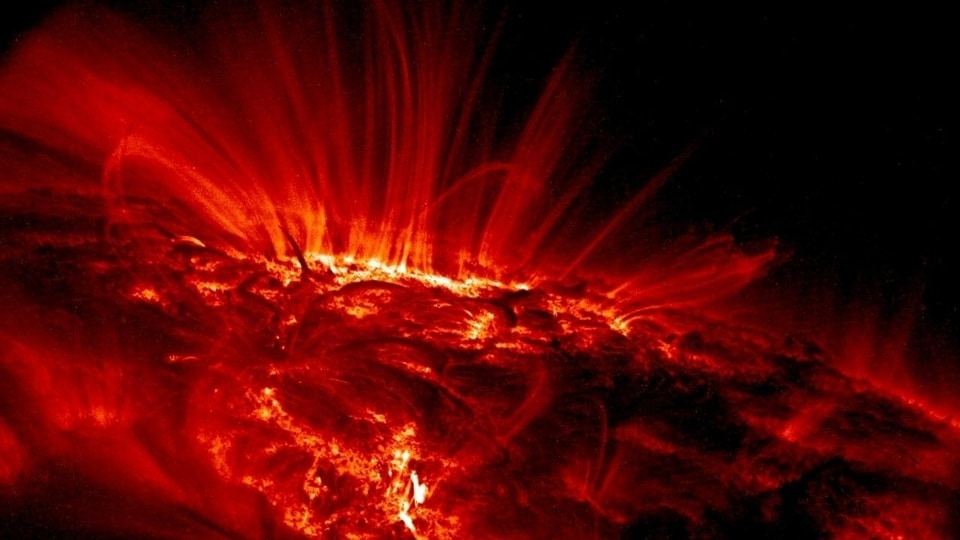Multiple solar flares explode on the Sun, cause radio blackouts, beautiful auroras on Earth
Multiple solar flares hit Earth between August 27 and August 29. Space weather experts rated the new solar flares as M8 class.


The Sun has been erupting frequently in the recent weeks and blasting high energy storms towards us. Recently, not just one or two but three solar flares have hit the Earth unexpectedly and the strongest was registered as an M9 class that took place on August 29th at 7:07 a.m. EDT. According to Nasa, M-class flares are typically classified as "moderate," but can still lead to brief radio blackouts at the poles and minor radiation storms that might put astronauts in danger. The solar flares are classified into five categories, of which M is the fourth strongest and in each category, higher numbers represent larger outbursts. When these storms slam into the Earth's magnetosphere, they can spark geomagnetic storms here.
The flares also triggered beautiful auroras in the Northern Hemisphere. The auroras were visible over Scotland, Alberta and Montana. An aurora is a natural phenomenon which is displayed as a natural-coloured (green, red, yellow or white) light in the sky.
According to the NOAA Space Weather Prediction Centre (SWPC), a G2-Class storm is a moderate one while G5 class is said to be extreme.
While minor storms can cause weak power grid fluctuations, affect satellite operations, animal migration and interfere with satellite operations, moderate geomagnetic storms can give rise to voltage warnings in power systems at high latitudes. And if it lasts for a longer time it can damage transformers. There might not be complete radio blackouts, but these can disturb high-frequency radio communication at high latitudes.
As per SWPC, these storms occur as frequently as 600 times in a solar cycle that lasts 11 years. However, there's nothing to worry about for now as scientists are constantly monitoring the solar surface, and keeping a track of which solar winds are heading our way.
Catch all the Latest Tech News, Mobile News, Laptop News, Gaming news, Wearables News , How To News, also keep up with us on Whatsapp channel,Twitter, Facebook, Google News, and Instagram. For our latest videos, subscribe to our YouTube channel.




















